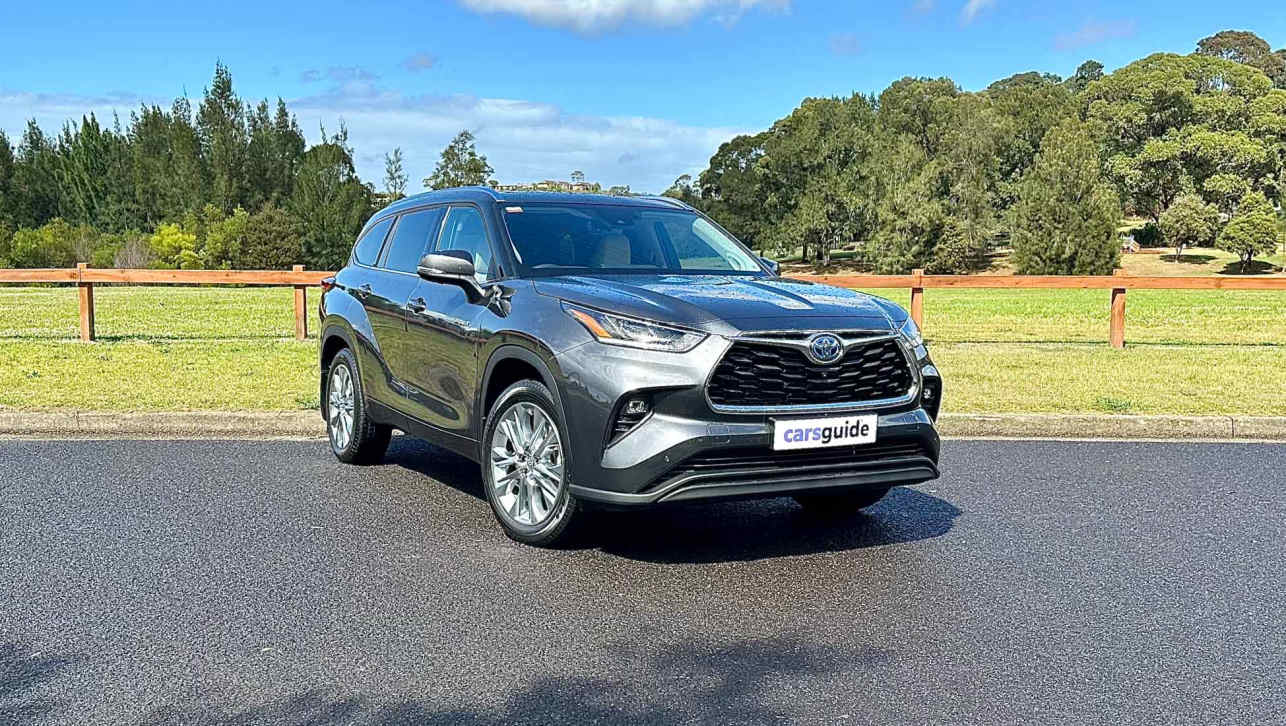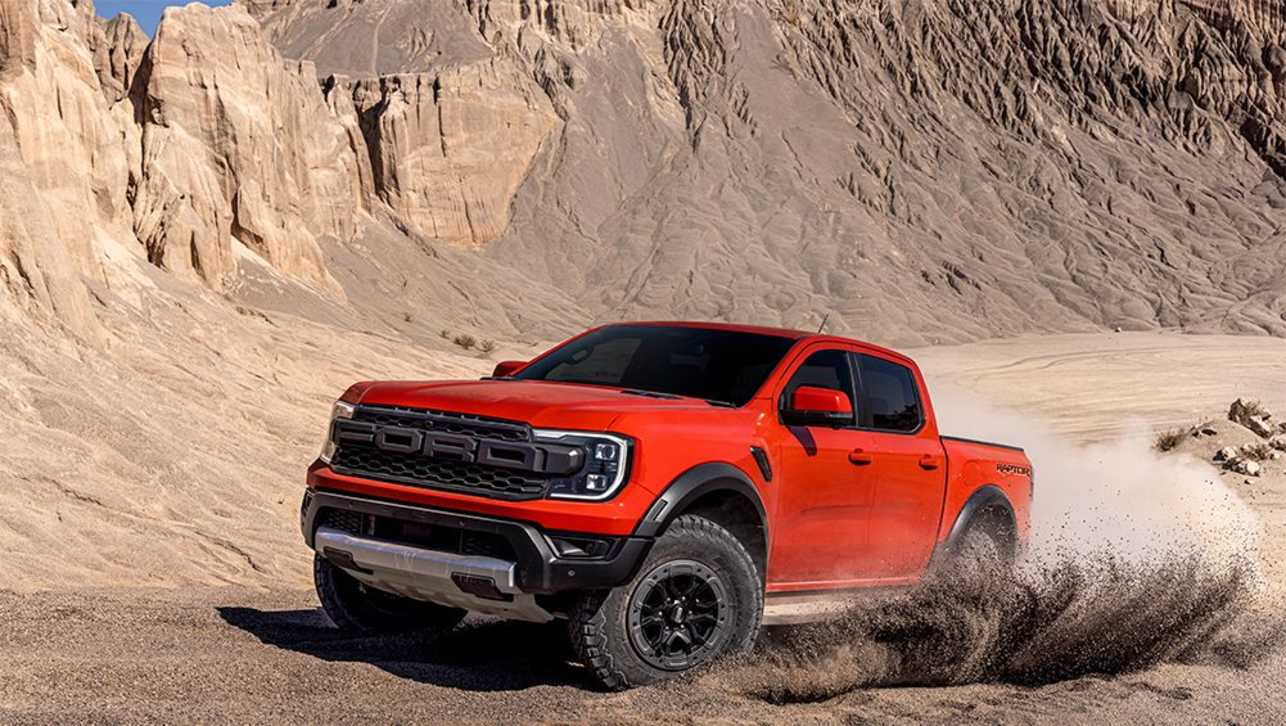Ford has set its sights high as it pitches its new seven-seat Everest SUV against the dominant Toyota Prado.
The three-model Everest range starts above the comparable Prado diesel models and will be the most expensive Blue Oval cars in showrooms from October. The base model costs $54,990, rising $6000 for the Trend model and topping out at a steep $76,990 for the Titanium. The Prado starts at $51,990 for the GX, rises to $58,490 for the GXL and climbs to $84,490 for the Kakadu.
The pricing puts the new Ford well above other one-tonne ute-based SUVs including the Colorado7, which starts at $47,490 and the Mitsubishi Challenger which costs from $42,490.
Ford aggressive comparative marketing against rival Toyota products continues, with the maker boasting about 10 Everest “benefits” that can’t be found in the Prado range.
Those include a 3000kg braked towing capacity (the Prado can haul 2500kg), active noise cancellation, Sync infotainment system with voice control, wi-fi hotspot functionality, powered tailgate, active park assist, a lane keeping system, automated emergency assist call in the event of an accident, auto high-beam headlamps and a tyre pressure monitoring system.
The pricing puts the new Ford well above other one-tonne ute-based SUVs
Ford also highlights the 16kW/60Nm advantage the Everest’s 3.2-litre five-cylinder turbo diesel has over the Prado, though an updated Toyota will launch in August with more features and the 2.8-litre four-cylinder found in the new HiLux. The Prado’s five-speed auto will also be upgraded to six cogs to match the Ford but it is expected to better the Everest’s claimed 8.5/100km fuel use.
The Everest is a global car but the much of the development was performed locally and Ford Australia president Graeme Whickman says the SUV represents the best of the company’s design and engineering expertise.
“Our customers have been waiting for this smart and highly capable SUV but what they didn’t expect was the level of technology, standard features and contemporary design. It is a high-tech SUV built for adventure, with a perfect blend of strength and style,” Whickman says.
RELATED: 2015 Ford Everest revealed in Bangkok
The specifications show the Everest should more than hold its own when heading off-road. The wading depth is up to 800mm, ground clearance is 225mm and the approach/departure angles are 29/25 degrees respectively.
Standard on all models are an electronic locking rear diff, electric power steering, a reversing camera, an active transfer case and a four-mode “terrain management system”, hill start assist and hill descent control, roll stability and trailer sway control. It also has 50:50 folding third row seats.
The base Everest rides on 17-inch alloys with a full-size spare, fabric seats, cruise control, a 4.2-inch infotainment screen, rear parking sensors, four 12-volt sockets and an eight-speaker sound system.
Moving up to the Trend adds 18-inch rims (with a space-saver spare), running boards, a powered tailgate, a digital instrument cluster, eight-inch infotainment screen, adaptive cruise control, digital radio, a lane-keeping system and front parking sensors.
The Titanium comes with 20-inch rims, satellite navigation, HID headlamps, blind-spot monitoring with rear cross-traffic alert, semi-autonomous parallel parking and powered and heated front seats.
There are only three options: a towbar for $1000, prestige paint at $500 and $600 to upgrade the Trend with satnav.







.jpg)
.jpg)
.jpg)

.jpg)
.jpg)
.jpg)
.jpg)
.jpg)
.jpg)
.jpg)
.jpg)
.jpg)
.jpg)
.jpg)
.jpg)
.jpg)
.jpg)
.jpg)
.jpg)
.jpg)
.jpg)
.jpg)
.jpg)
.jpg)
.jpg)
.jpg)
.jpg)
.jpg)
.jpg)
.jpg)
.jpg)
.jpg)
.jpg)
.jpg)
.jpg)
.jpg)





.jpg)
.jpg)


.jpg)
.jpg)





Comments